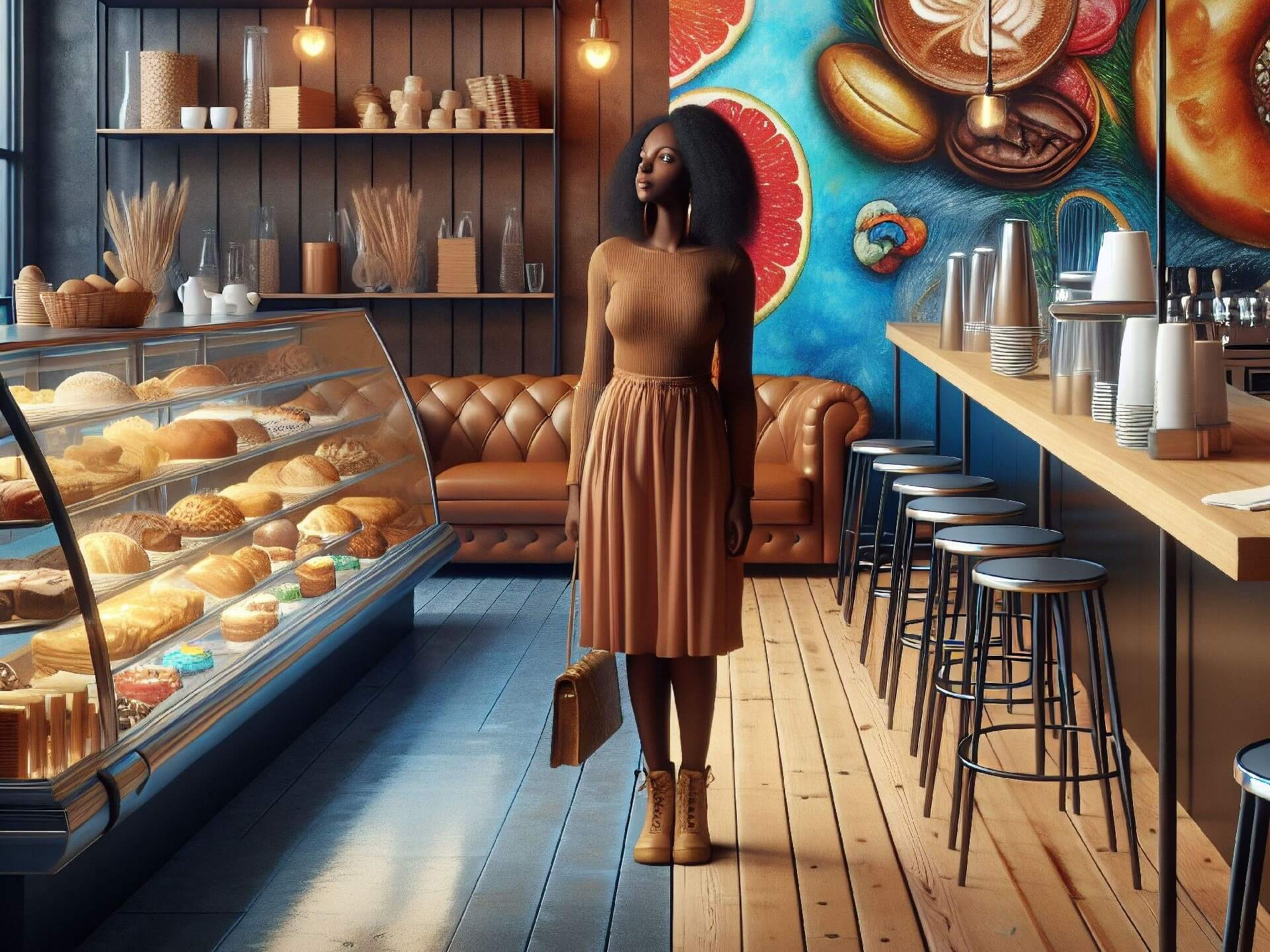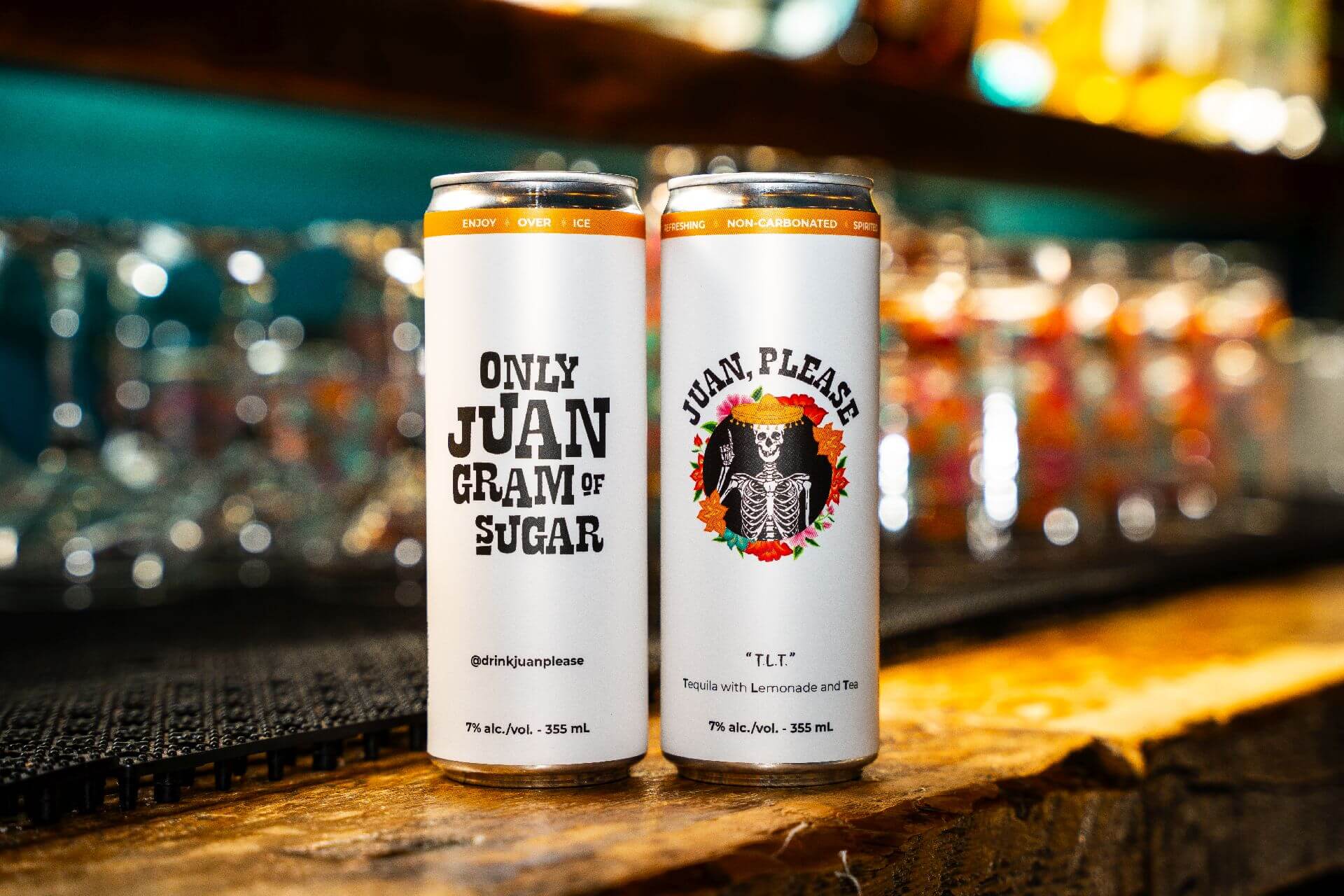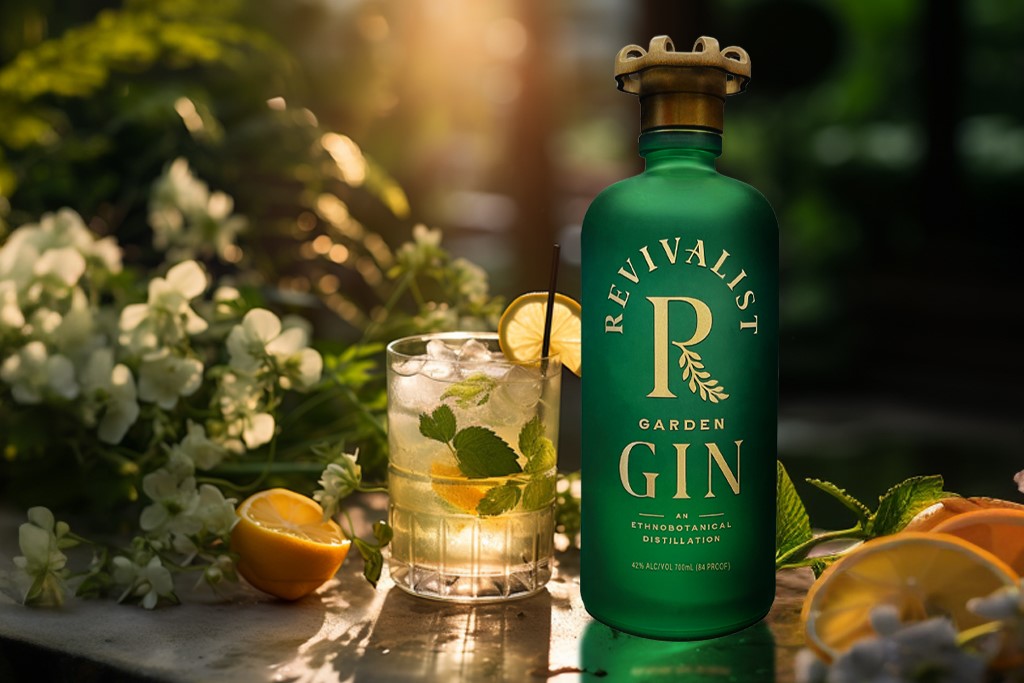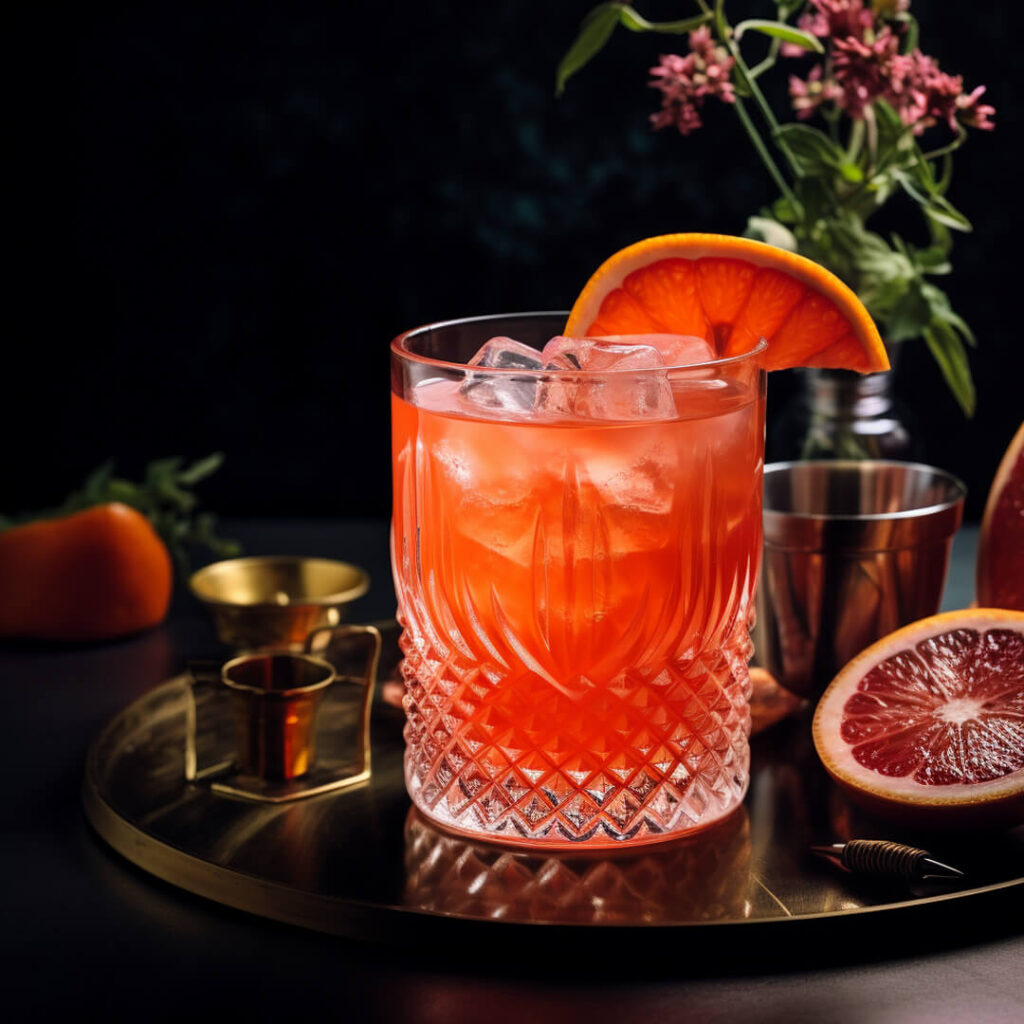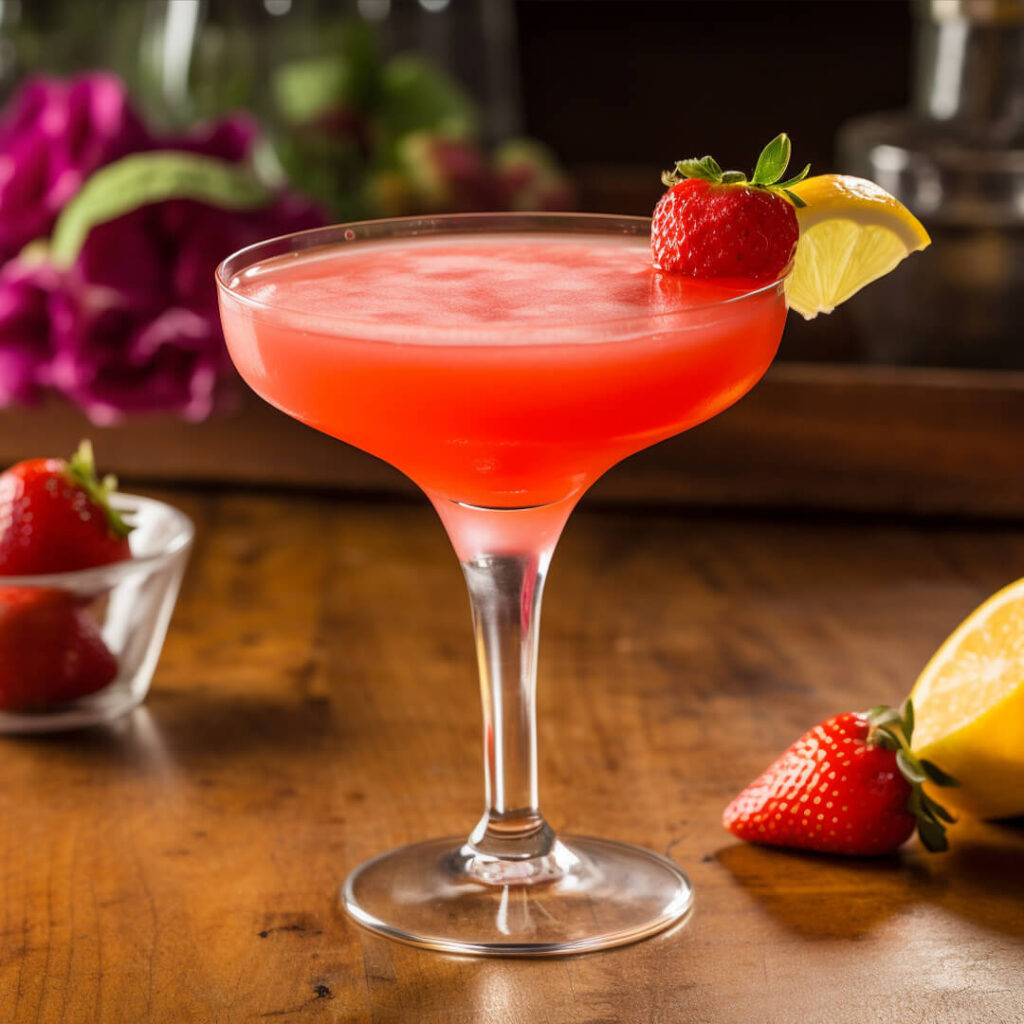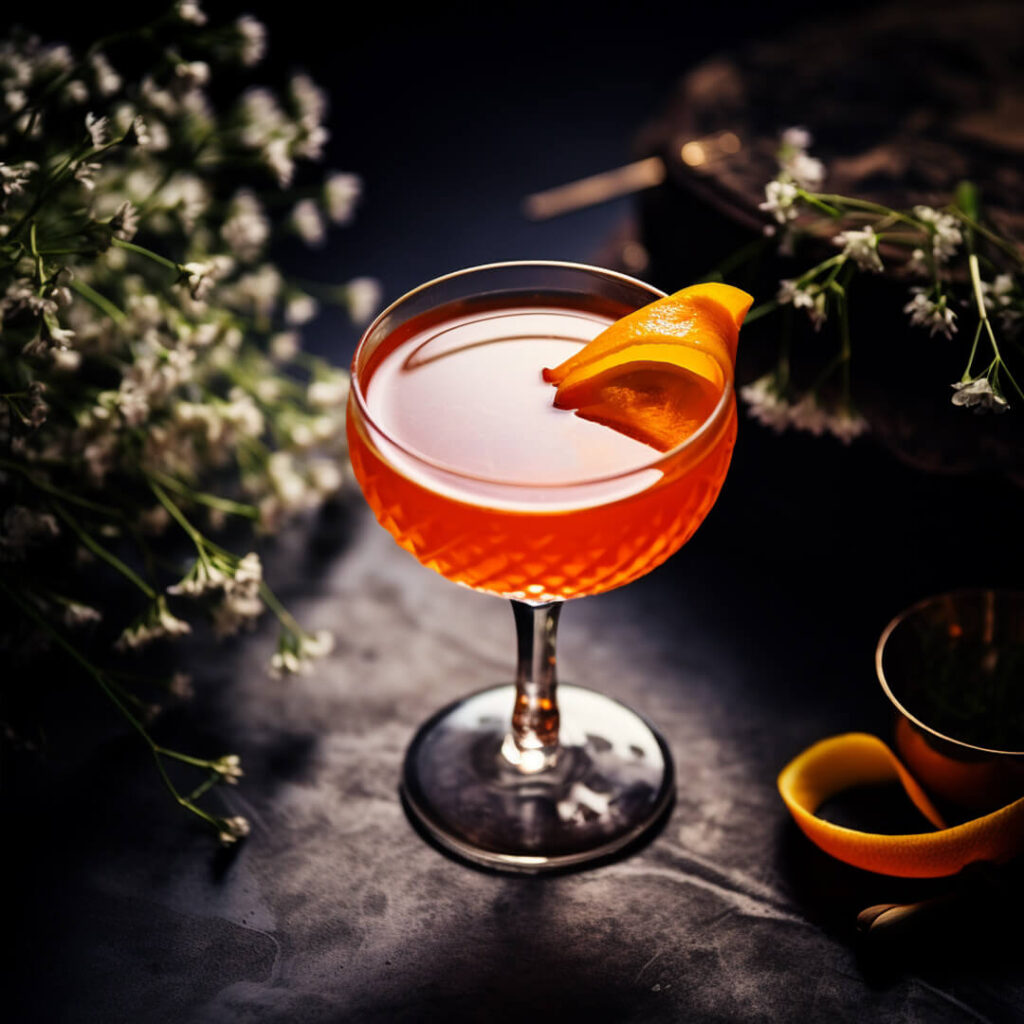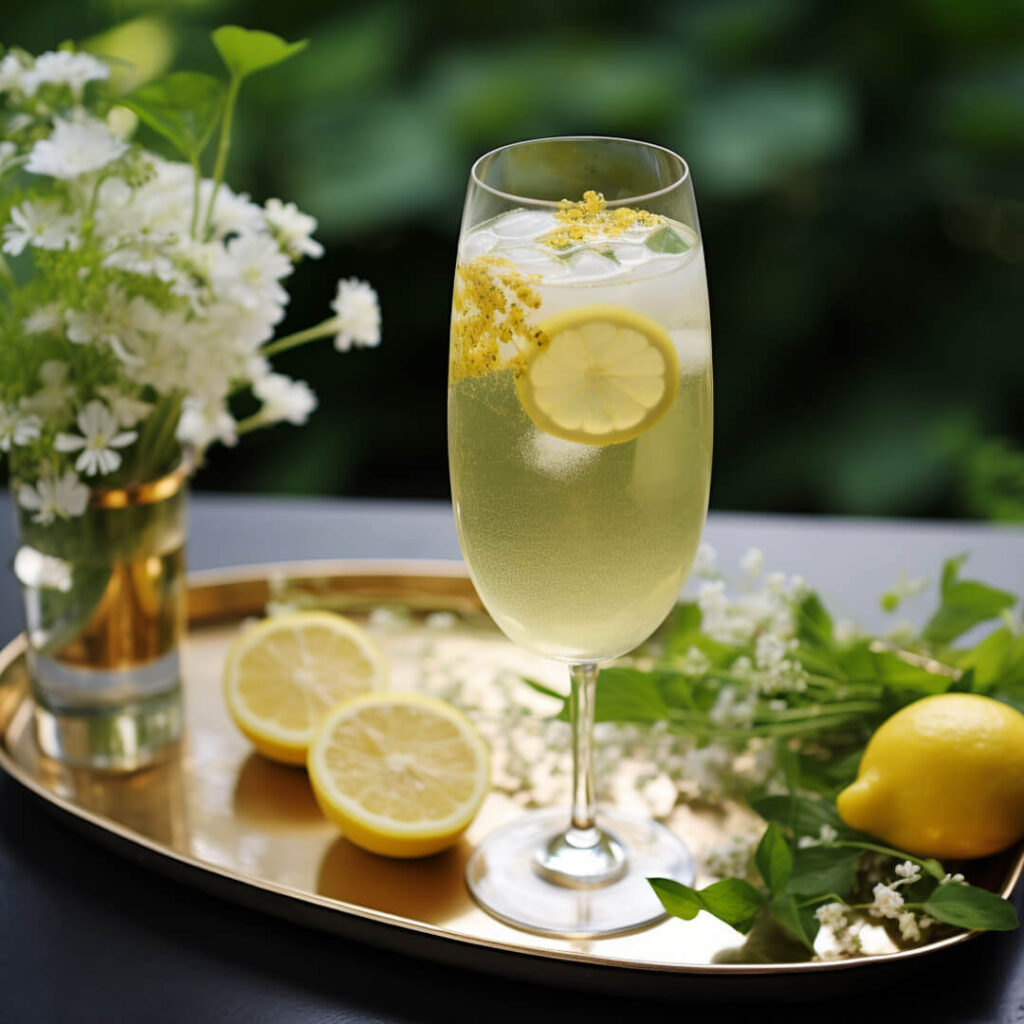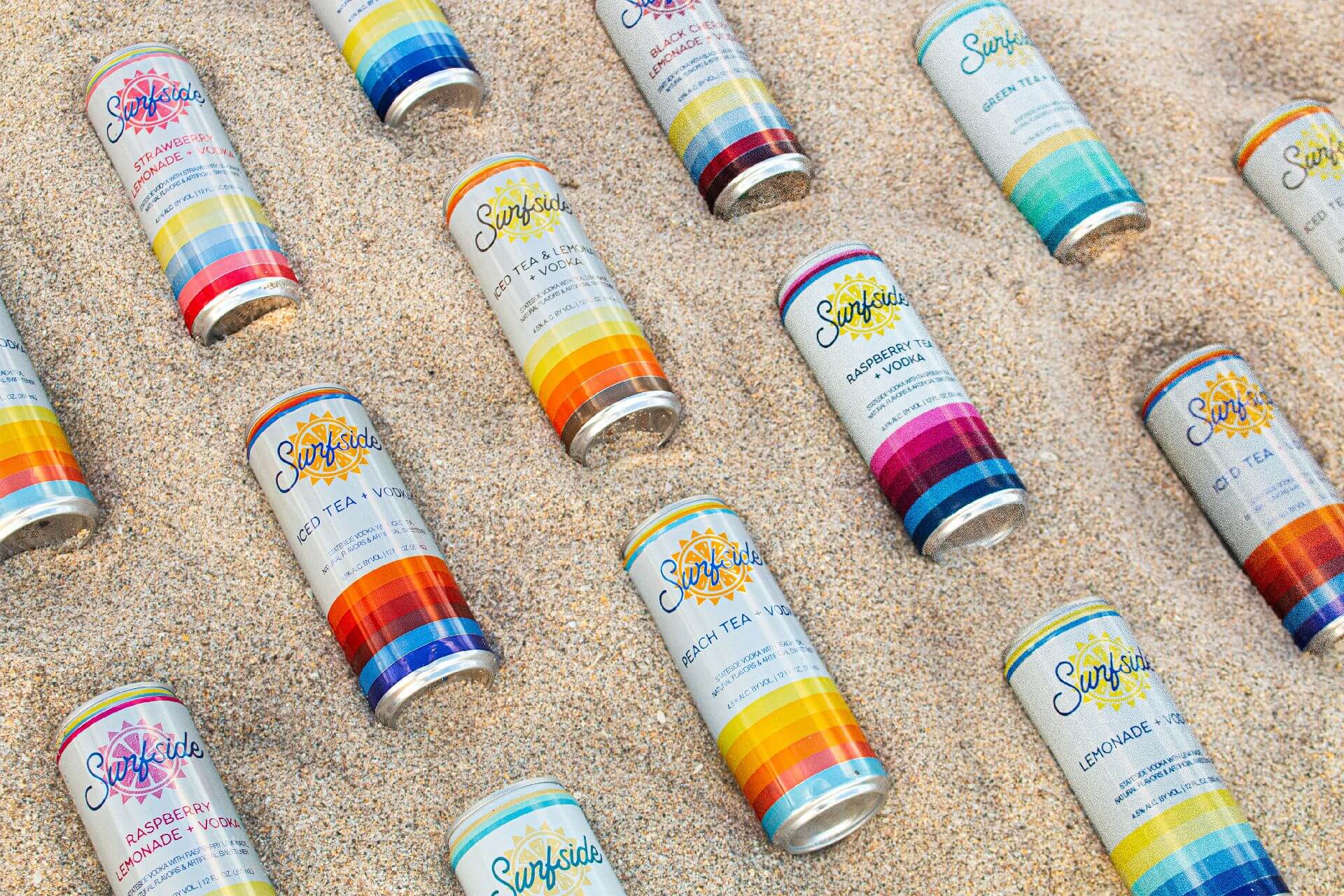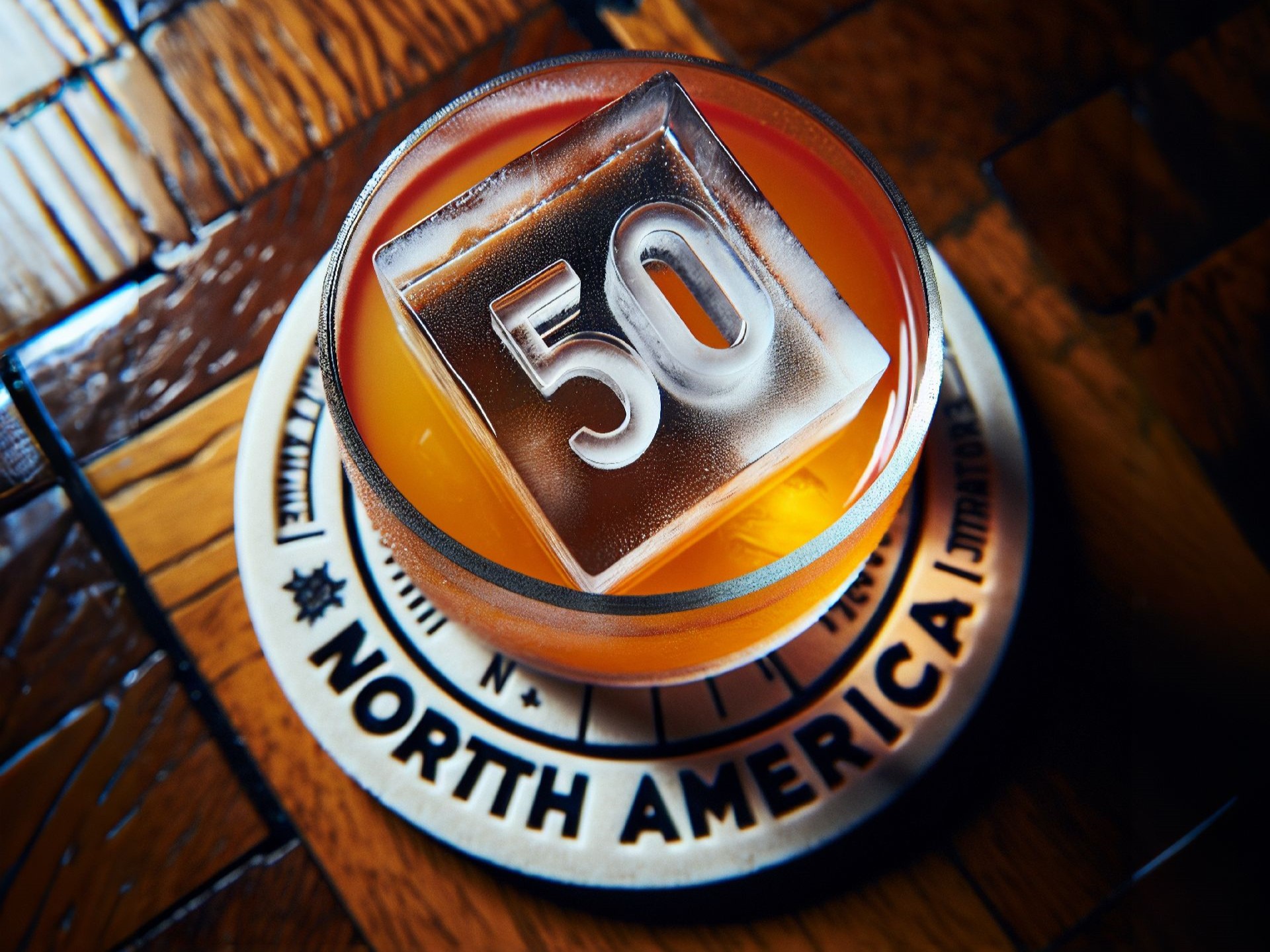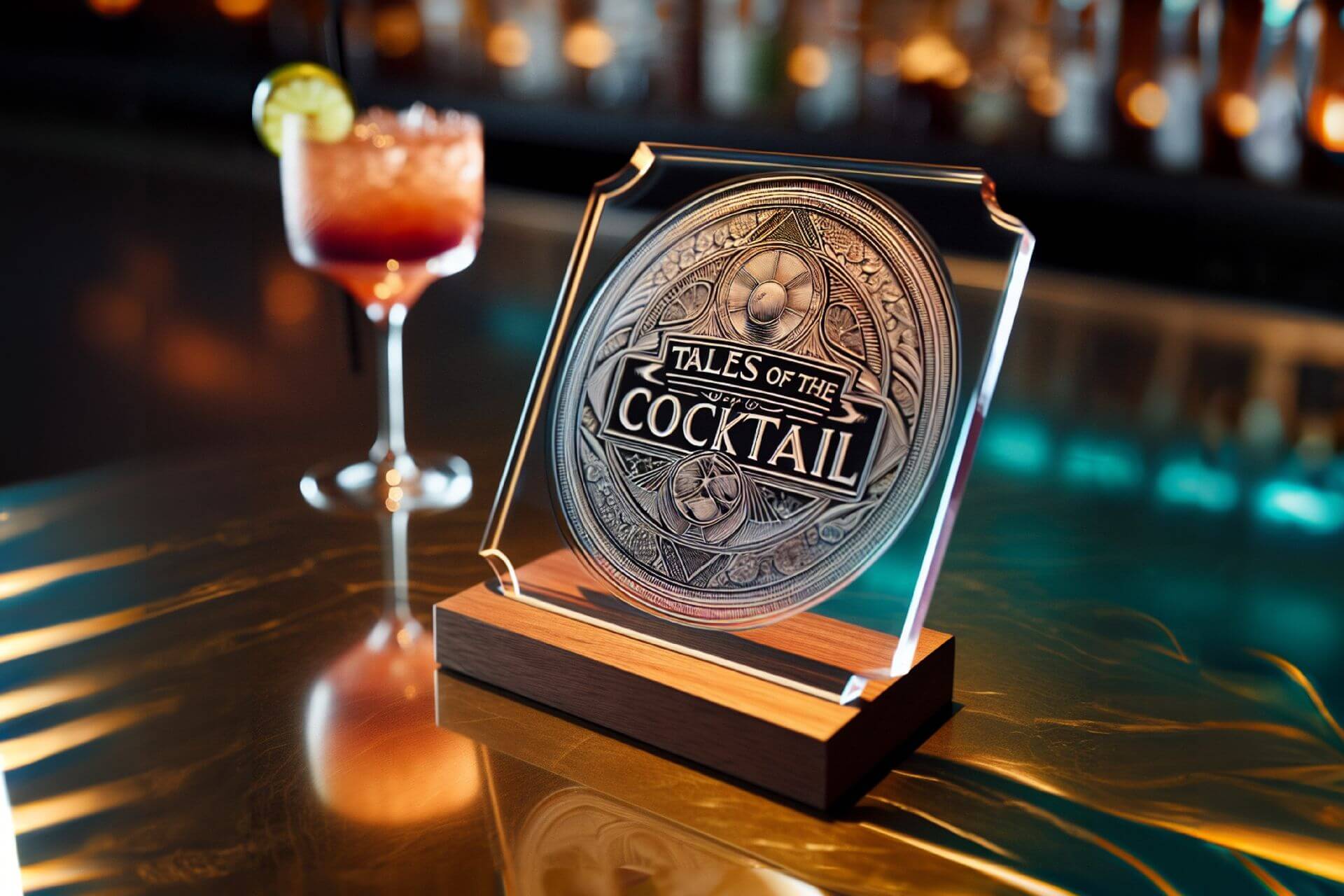Kate Boushel Earns Bartenders’ Bartender Award
by David Klemt

Cheers to bartender, educator, and mentor Kate Boushel for earning the 2024 Altos Bartenders’ Bartender Award, the first Canadian bartender to win the title.
Boushel, the director of beverage and education for Barroco Group, is well deserving of this honor. It’s important to note that this award is voted on by industry peers.
In addition to selflessly educating and mentoring others, Boushel also tends bar at the incredible Atwater Cocktail Club and Milky Way Cocktail Bar, both in Montréal, Québec.
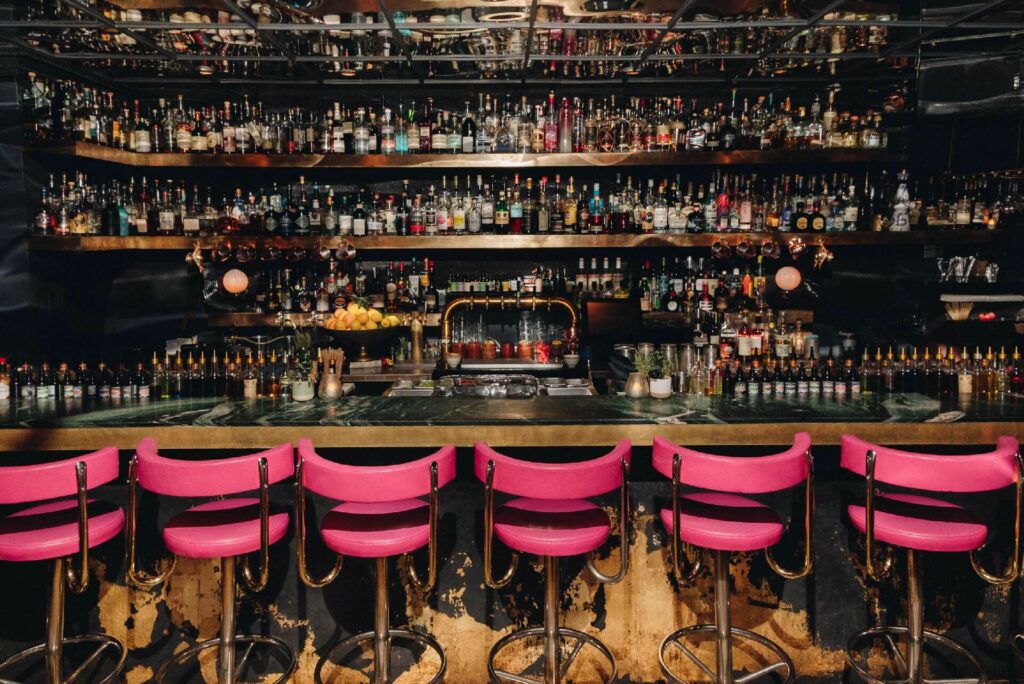
Atwater Cocktail Club.
She is an advocate, fighting for representation. Further, Boushel is helping to lead the industry toward truly embracing inclusion in myriad ways. Not only does she fight for everyone to be welcome, Boushel fights for workers to seek purpose in the industry, and be recognized for their talents and impact.
Hospitality is, at its core, about service, community, and inclusion. Therefore, there’s zero question Boushel deserves recognition as the Bartenders’ Bartender. I’ve never heard anything but positivity when anyone has spoken of her. One need only review the social media posts announcing Boushel’s award and accompanying comments to see how much her peers revere her.
The announcement of this award is part of the run-up to the 2024 North America’s 50 Best Bars ceremony. In its third edition, the ceremony returns to San Miguel de Allende in Guanajuato, Mexico. Learn more about this year’s event on episode 113 of the Bar Hacks podcast, featuring Emma Sleight. Those not attending in person can watch the April 23 livestream via YouTube and Facebook.
Congratulations to Kate Boushel!
KATE BOUSHEL, DIRECTOR OF BEVERAGE AND EDUCATION, ATWATER COCKTAIL CLUB, WINS THE ALTOS BARTENDERS’ BARTENDER AWARD AS PART OF NORTH AMERICA’S 50 BEST BARS 2024
An inspirational spirits educator and mentor for female leaders in the industry wins the bar world’s leading peer-voted award
April 11, 2024 – Kate Boushel, Director of Beverage and Education for the Barroco Group and bartender at Montreal’s Atwater Cocktail Club and Milky Way Cocktail Bar, has been named the recipient of the Altos Bartenders’ Bartender Award 2024. Boushel is one of the leading forces behind Barroco Group’s innovative bar concepts and has been recognized for her legendary teamwork behind the bar as well as her impactful mentorship, involvement in community initiatives and career consulting – particularly for other women in the beverage industry. She is the first Canadian recipient of the Altos Bartenders’ Bartender Award.
After leaving the restaurant and bar industry for a career in government and public relations for nearly a decade, Boushel’s passion for local flavors, spirits, and cocktails, as well as her natural inclination toward the art of hospitality, brought her back to bartending. Outside of the bars themselves, Boushel has competed on a global and national scale in industry competitions such as the Marie Brizard Masters, Diageo World Class, Bombay’s Most Imaginative Bartender, and Speed Rack.
Boushel represents the Barroco Group in bar events, pop-ups, and panels that discuss shifts in the global bar sector. She continues to bring awareness to the Canadian bartending community as an advocate for diversity, as a resource for bartenders at all levels, and as a support to fellow bartenders through a variety of programs within the industry.
An innovator and true connoisseur of bartending, Boushel is responsible for co-crafting the cocktail menus within Barroco Group, which includes the drinks programs for Atwater Cocktail Club, Barroco, Foiegwa, Milky Way, Fugazzi, and Bon Délire. Under Boushel’s creative and innovative guidance, these bars have continued to play a significant role in providing paces that support a healthier planet while promoting and prioritizing local farmers and producers and developing budding talent within the region. Boushel divides her time between advocacy and working with her teams to incorporate sustainability into everything they do, from the ways they work to the products they use. Her hard work, determination, and commitment to hospitality make her a worthy winner of the industry’s most prestigious peer-voted award.
Emma Sleight, Head of Content for North America’s 50 Best Bars, said, “Kate is an industry powerhouse who has transformed and pioneered the cocktail scene in Montreal and throughout North America. A supporter of bartenders, whether long-established or new to the trade, and an advocate for sustainability, she is a thoughtful and dedicated promoter of local producers and a mentor to all who have worked with her. In Kate’s time at Atwater Cocktail Club, she has created cocktails that take Canada’s mixology roots and blend them with her own take on classic drinks, keeping quality ingredients at the heart of everything she and her team do. She has also dedicated time outside of Barroco Group to mentor women in the industry and play an active role in a variety of community-focused initiatives. Together, we congratulate Kate on being awarded the Altos Bartenders’ Bartender Award.”
Atwater Cocktail Club was recognized by North America’s 50 Best Bars in 2023 as No.32 on the list. Known as one of the most charismatic cocktail bars in Montreal for its creatively curated selections, the menu features elegant drinks made with high-quality ingredients and incorporating techniques such as fermentations, emulsions and carbonation installations. Cocktails come to life with ingredients such as repurposed egg whites, acid-rectified grape juice, and celery bitters. The full menu aims to keep guests educated about their drink’s ingredients, alcohol percentages, and translations in both English and French. Outside of its cocktails, Atwater Cocktail Club has an extensive selection of wines, beers, and non-alcoholic drinks.
Kate Boushel says: “Receiving the Altos Bartenders’ Bartender Award is one of the greatest honors of my career. I see it as an emblem of the global hospitality community and our industry’s way of recognizing fellow professionals who go above and beyond to embody this spirit that unites bartenders across the world. It goes without saying that this milestone is a testament to the unwavering support of our partners at the Barroco Group, my network and the friendships I’ve fostered throughout my career. As I reflect on this moment I feel seen, filled with gratitude and proud for what this represents to our Montreal and Canadian bar community.”
Carlos Andrés Ramírez, Global Advocacy & PR Manager of Altos Tequila, says: “We love that this year’s North America’s 50 Best Bars Altos Bartenders’ Bartender is Kate Boushel from Atwater Cocktail Club in Canada. This is a very well-deserved award to someone from a country that every year demonstrates its relevance in the industry and has more and more bars scaling up. From Altos Tequila and Altos Tahona Society, huge applause to Kate and all the staff around her. Salud!”
The Altos Bartenders’ Bartender Award is second in a series of special pre-announced awards for North America’s 50 Best Bars 2024, which will take place in San Miguel de Allende, Mexico, on Tuesday, April 23, 2024. For the second year in a row, San Miguel de Allende will host the live awards representing North America’s drinks and bar industry coming together to announce the most prestigious list of expert-voted drinking destinations across all of North America.
The countdown of the list of North America’s 50 Best Bars and the awards ceremony will also be broadcast to a global audience who are not able to attend in person, and bar and cocktail lovers will be invited to join through The World’s 50 Best Bars Facebook page and 50 Best Bars TV YouTube channel.
About North America’s 50 Best Bars
Following the success of The World’s 50 Best Bars, sponsored by Perrier, and the establishment of Asia’s 50 Best Bars in 2016, 50 Best launched North America’s 50 Best Bars, with the first edition of the awards held in New York, N.Y. on June 7, 2022. It shines a much-deserved spotlight on the region as a world-class drinks’ destination and acts as a mouthpiece for the outstanding talent coming through. The inaugural North America’s 50 Best Bars awards ceremony and unveiling of the list provided a unique opportunity to unite bartenders, bar owners, cocktail aficionados and drinks media from all over the region at a captivating celebration of drinks, hospitality, passion and talent. North America’s 50 Best Bars includes voting for bars from Canada, the U.S., Mexico and the Caribbean. William Reed, which owns the 50 Best brand, is entirely responsible for the organization of the awards, the voting system and the respective lists.
How the Voting Works
The ranking for North America’s 50 Best Bars will reflect the best bar experiences based on the votes of the Academy members, who comprise anonymous North American bar industry experts (including bartenders, bar owners, drinks media and well-traveled cocktail connoisseurs) from the USA, Canada, Mexico and the Caribbean. In 2023, the Academy expanded to 270 members. This change was implemented to obtain a wider snapshot and ensure a greater number of diverse voices voting for the awards. Moreover, as per all 50 Best lists for restaurants, bars and hotels, 25 per cent of Academy members are refreshed annually to keep the perspectives dynamic and relevant. Members of the 50 Best organization do not vote and do not control the composition of the list; that is the collective role of the voting Academy. This means that bars cannot apply to be on the list and no sponsors have any influence on the list.
The Academy is divided into 7 regions: USA Northeast; USA Midwest; USA West; USA South; Canada East; Canada West; Mexico and the Caribbean. Each region has its own panel of members including a chairperson, called the Academy Chair. The Chairs each then select a voting panel, ensuring a balanced selection. Each North America Academy member will vote for 7 bars, with a maximum of 5 in the home country (or state in the U.S.) where they are based. Voters also have the option to vote for a further 2 (or more) bars located outside of their home country (or U.S. state) up to a maximum of 7.
Voting is carried out individually and strictly confidentially on a secure site and remains confidential before the list announcement. Academy Chairs are not privy to, and have no knowledge of, the votes cast by the voters in their respective regions. They are neither spokespeople for the 50 Best brand.
The list will be the result of a poll of 270 experts (all within the North American continent), who each cast votes for the bars where they have had their ‘best experience’ during the last 18 months before the voting deadline. The list is a simple computation of votes by North American voters for bars in North America. Further information on the Academy Chairs and how the voting works is available on the FAQs page here.
About the Award Sponsor: Altos
Altos is a super-premium Tequila, crafted from 100% blue agave in the heart of Los Altos, more than 2,000 meters above sea level, in the western state of Jalisco, in Mexico. Born from a collaboration between Altos Tequila’s Master Distiller, Jesús Hernández, and the internationally renowned UK mixologists, Dré Masso and the late Henry Besant, Altos was made by bartenders for bartenders in 2009. The Altos range celebrates the authenticity of Mexico in a modern way, as such each Tequila is crafted in part using the 500-year-old traditional Tahona method, before being distilled in small copper pot stills.
About the Host Destination Partner: San Miguel de Allende
Located just 170 miles northwest of Mexico City, San Miguel de Allende earned its UNESCO World Heritage Site designation in 2008. With more than 175,000 residents, the town shares this distinction with the most historically and culturally significant destinations in the world and is Mexico’s unofficial wedding capital. Thanks to its advanced culinary and cocktail scenes, San Miguel de Allende is already beloved by in-the-know travelers. The town is also famous for its exquisitely preserved examples of 16th-century Spanish Colonial Baroque architecture, as well as iconic structures like La Parroquia de San Miguel Arcángel, a stunning neo-Gothic cathedral. In the mid 20th-century, San Miguel de Allende became a haven for Mexican painters, which, in turn, attracted foreign artists and writers. They fell in love with its picturesque cobblestone streets, stately mansions, colorful artisanal crafts markets and cosmopolitan, bohemian lifestyle that continue to enchant travelers today.
About the Main Sponsor: Perrier
For more than a century, Perrier® has collaborated with some of the world’s most influential major artists, including Andy Warhol, Salvador Dalí, Bernard Villemot, and Jean-Gabriel Domergue, each of whom in their own way have demonstrated a certain artistic irreverence. With a history that began in 1863 in Vergèze, in the Gard region of France, the Perrier® brand is now recognized worldwide thanks to its iconic green bottle. Appreciated in more than 140 countries, the brand is acclaimed for its natural mineral water combined with the power of its bubbles.
Images provided by CURICH|WEISS

